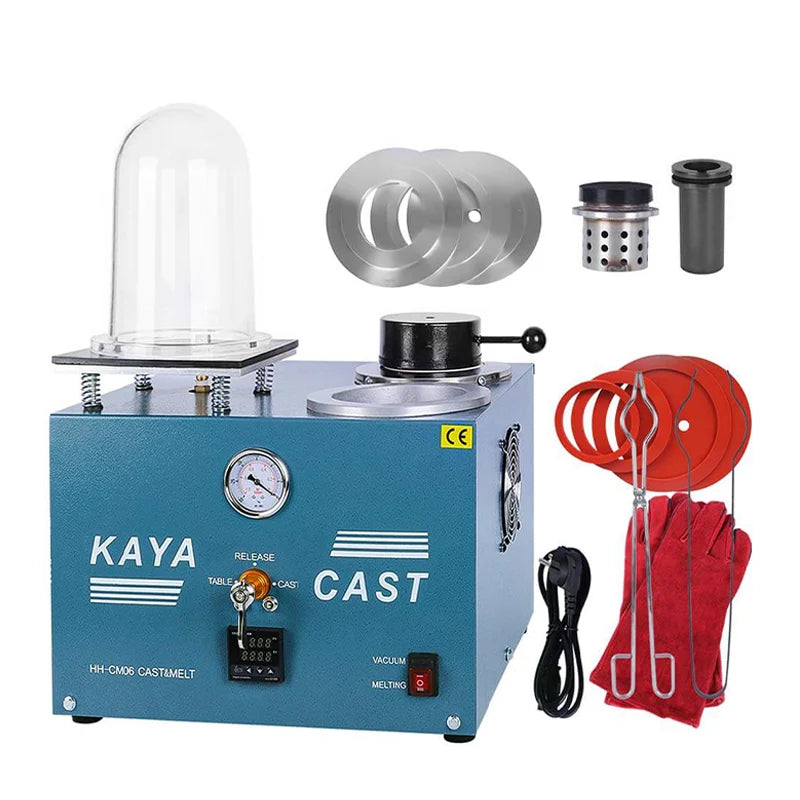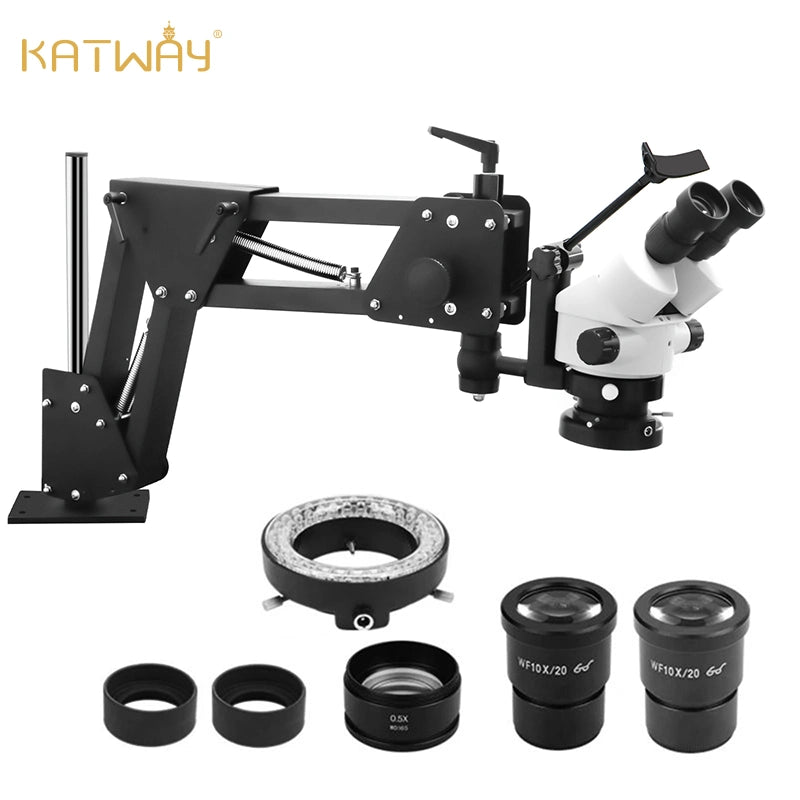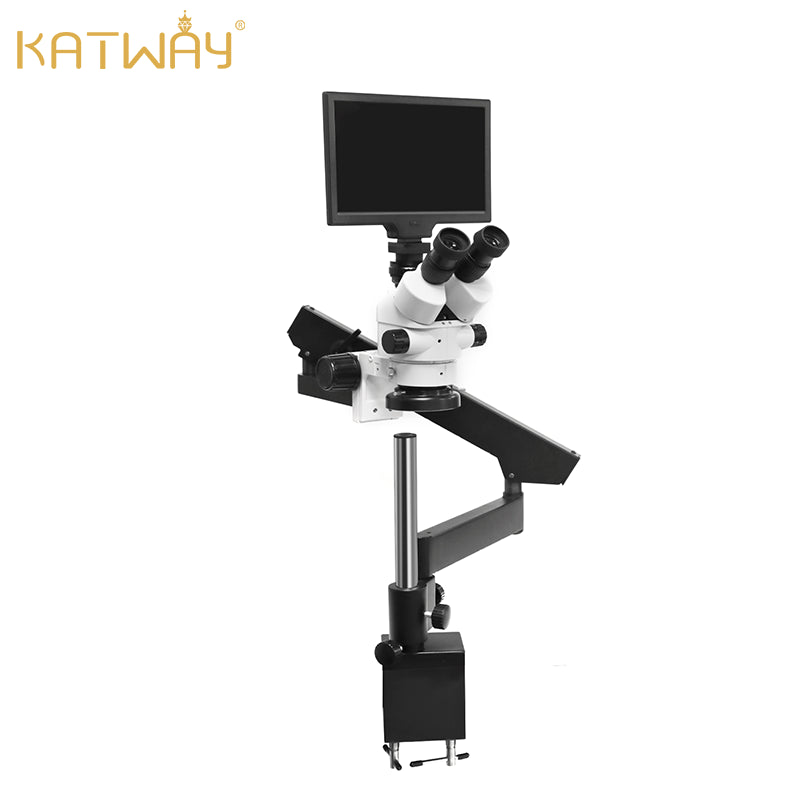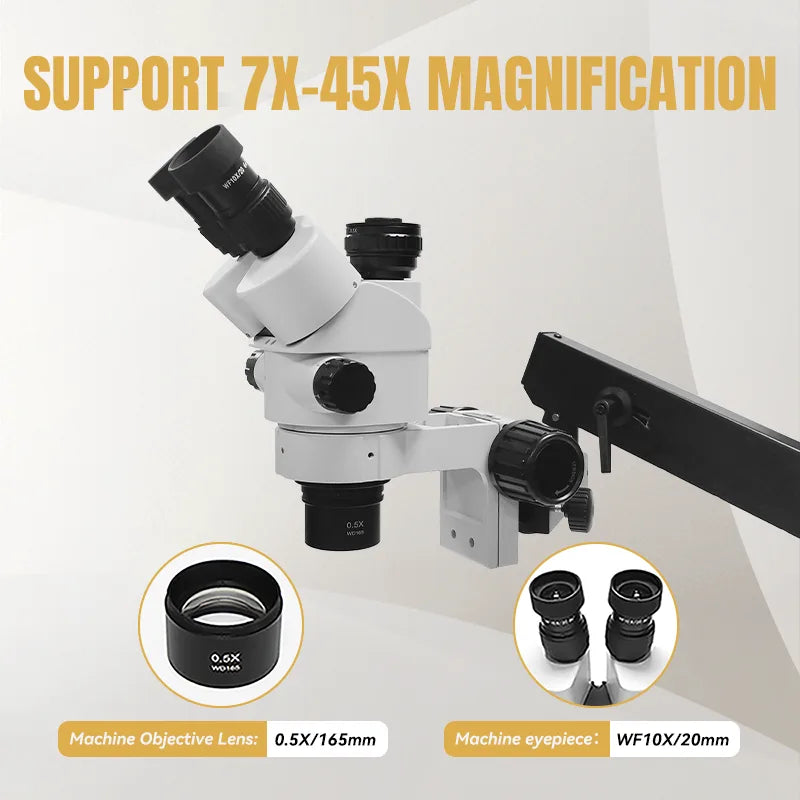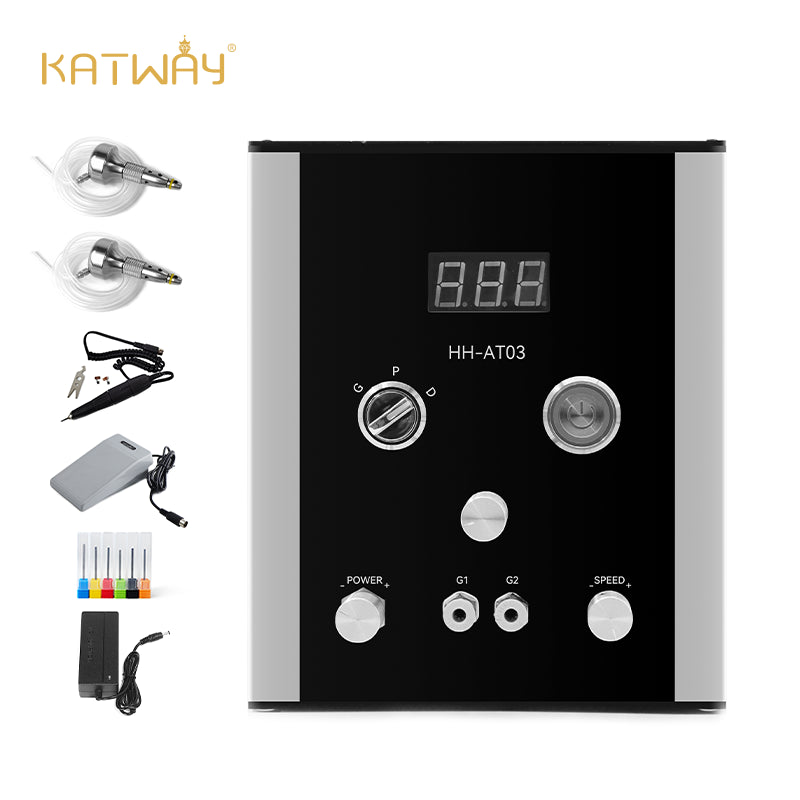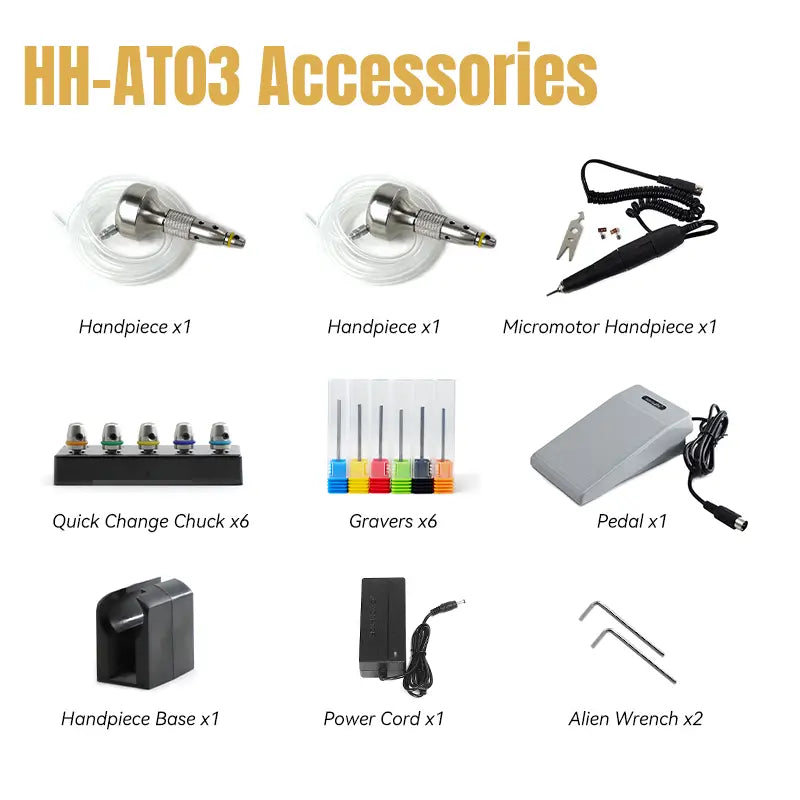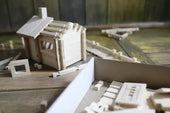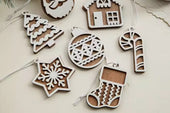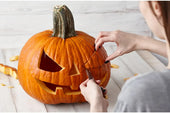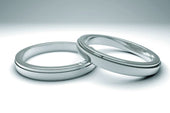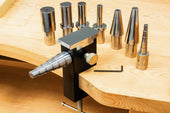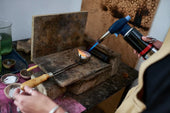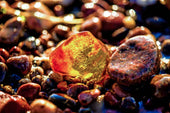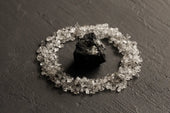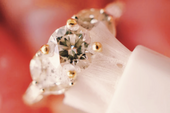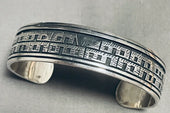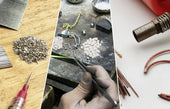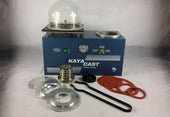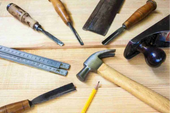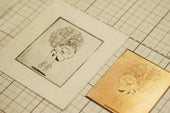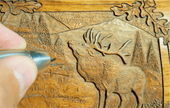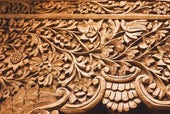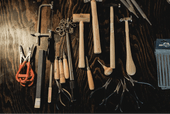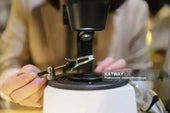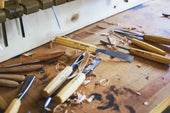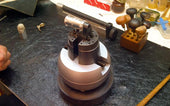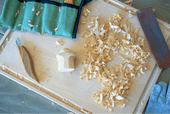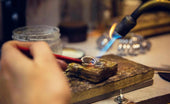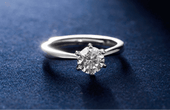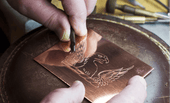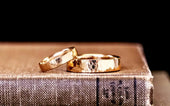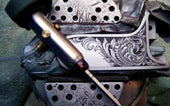Method of Making a Carving Knife and Template Set(Ⅰ)
If you are interested in carving, then you must carving knives have some knowledge. In this post today, I will take you through how you can utilize stencils to create your own set of engraving knives.
Step 1: The tools you need to use
Before you make an engraving knife, you need to choose what kind of material you are going to use as the material you are going to use to make the blade. Maybe you will first think of the more common carbon steel material, but I want to tell you that carbon steel ochre material is not suitable for making carving knives. This is because a material like carbon steel does not guarantee that the edge of the carving knife will stay sharp for a long time. The more recommended material here is high speed steel. Compared to ordinary carbon steel,high speed steel generally contains an additional metal element, such as chromium or vanadium. It is because of this additional metal element that high speed steel has a more stable property, which ensures that the engraving tools produced are in a sharp condition for a long time. And if you ask some of the engravers around you, they will definitely recommend high speed steel as a raw material for engraving knives for novices. Below is a list of the specific materials needed, you can try to follow the following introduction to prepare the raw materials.

- Carbide raw materials - the high-speed steel mentioned above
- diamond blade
- Ceramic stone for polishing treasures
- Acrylic with a thickness of 5 mm
- Mild steel bar 3/4 inch in diameter
- Bolts and nuts with a thickness of 10 mm
- M4 hexagonal bolt (this stone is for fixing the engraving tool)
- M3 flat head bolts
Here are the tools that may be used in the production process
- fret saw
- a metal saw
- Drill bits (types required here include M2.5, M3, M8 and M10)
- Taps (M3, M4 and M10 are required here)
- file (metalworking and woodworking tool)
- Needle Set
- drilling machine
- angle grinder
- Center punch
- Flexible shaft electric rotary tools
- Diamond Cutting Tools
- Diamond Wheel
Step 2: Understand the parameters that need to be used when making a carving knife
People who have some understanding with engraving knives generally have some understanding of the angle of the engraving knife. Generally speaking, the angle of an engraving cutter is usually between 30 degrees and 60 degrees. When making a knife, you generally have to think about what material you are going to use your engraving knife on. Here is a description of the common angles that you can use as a reference.
- Engraving knives with an angle of 30 to 40 degrees are suitable for engraving softer materials.
- Engraving knives with an angle of 40 to 50 degrees have a wider range of applications and can be used for engraving a wide range of materials.
- If the material you need to engrave is stainless steel, then you should ideally limit the angle of the engraving knife to between 50 and 60 degrees
Step 3: Learn about some common carving knives
If you are learning about engraving cutters for the first time, then this one step is important for you. Here are a few of the more common types of engraving tools.

- V-shaped engraving knife
Although the v-shaped engraving cutter looks like a diamond shaped cutter, it is able to cut the angle of the finished engraving product will also be sharper. Generally speaking, the v-shaped engraving cutter is used to hollow out the background, or used to carve some star-shaped patterns. In fact, there are many kinds of v-shaped engraving cutter angle, including 70 degrees, 90 degrees, 100 degrees, the maximum can be up to 130 degrees. All of these can be counted as v-shaped engraving tool. Although everyone will have their own favorite carving tool, their angle may be different. But what I want to tell you here is that engraving cutters with angles less than 90 degrees are easily damaged during the actual engraving process. So, you have to carry out careful and cautious operations during the carving process.
- flat cutter
As the name suggests, it is an engraving knife that has a flat blade. Flat cutters are generally used to carve block letters or to carve some borders.
- Circular carving knife
Round carving knives are mainly used to carve curves during the engraving process or to set stones.
- Oval shaped carving knife
Oval shaped carving knives have an oval shaped blade. They can be used for some engraving processes where the depth of the engraving is deeper, and they can also be used for the movement of stones during the jewelry setting process.
Step 4: Design the template
After learning about a few basic types of carving knives, you can finally move on to the next step. One of the key steps in making a set of carving knives is to create a template of your own. The process of making a template is actually quite simple. It's really just a matter of drawing the shape and size of the engraving cutter that you're going to be claiming to make on a drawing. When making the template, it would be best for you to make the template larger so that it would also be easier for you to follow the drawing subsequently. You'd better make a more detailed description of the dimensions of all angles of the engraving tool you want to make. I will give you a few examples below so you can get some general idea.
- Length of engraving knife
The first thing you need to check when making an engraving cutter is what the length of the engraving cutter you are making is like. A manual engraving tool is longer than an engraving tool on an engraving machine. This is because a manual engraving tool will most likely require a hammer to assist in the engraving process (for those harder engraving materials). Therefore, the engraving tool is too small is not conducive to the use of the engraver, the subsequent use of the hammer may also be too short because the tool and hurt their hands.
Due to space constraints, that's all we can cover today. If you are interested in the follow-up content, you can pay more attention to Katway blog content updates.
View more related articles
What Casting Equipment Are Available for Jewelry Processing?


